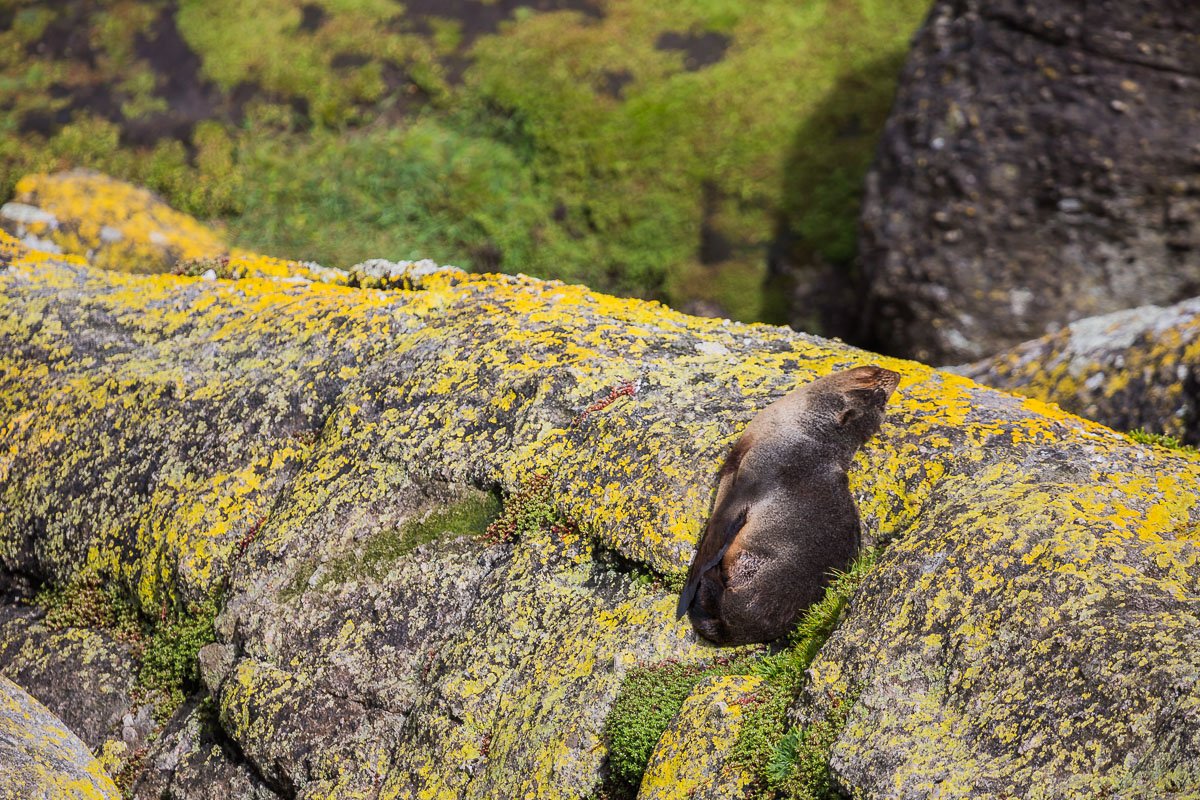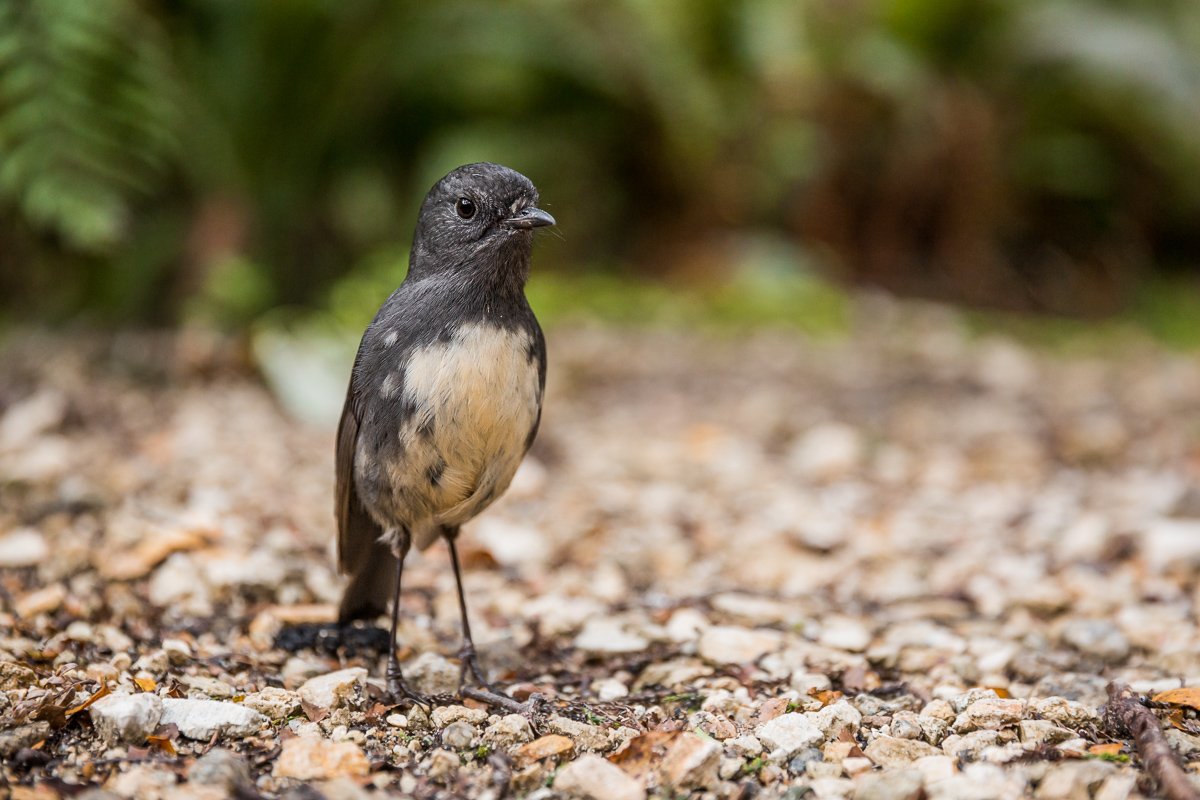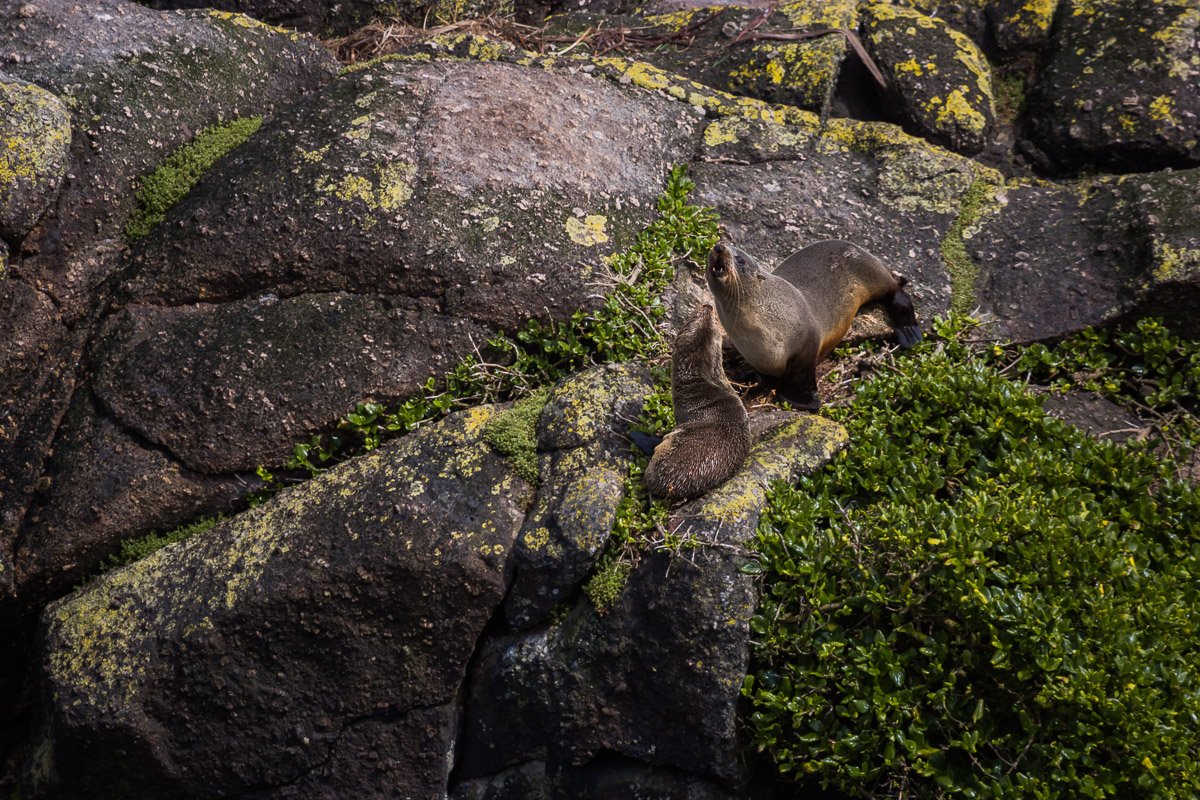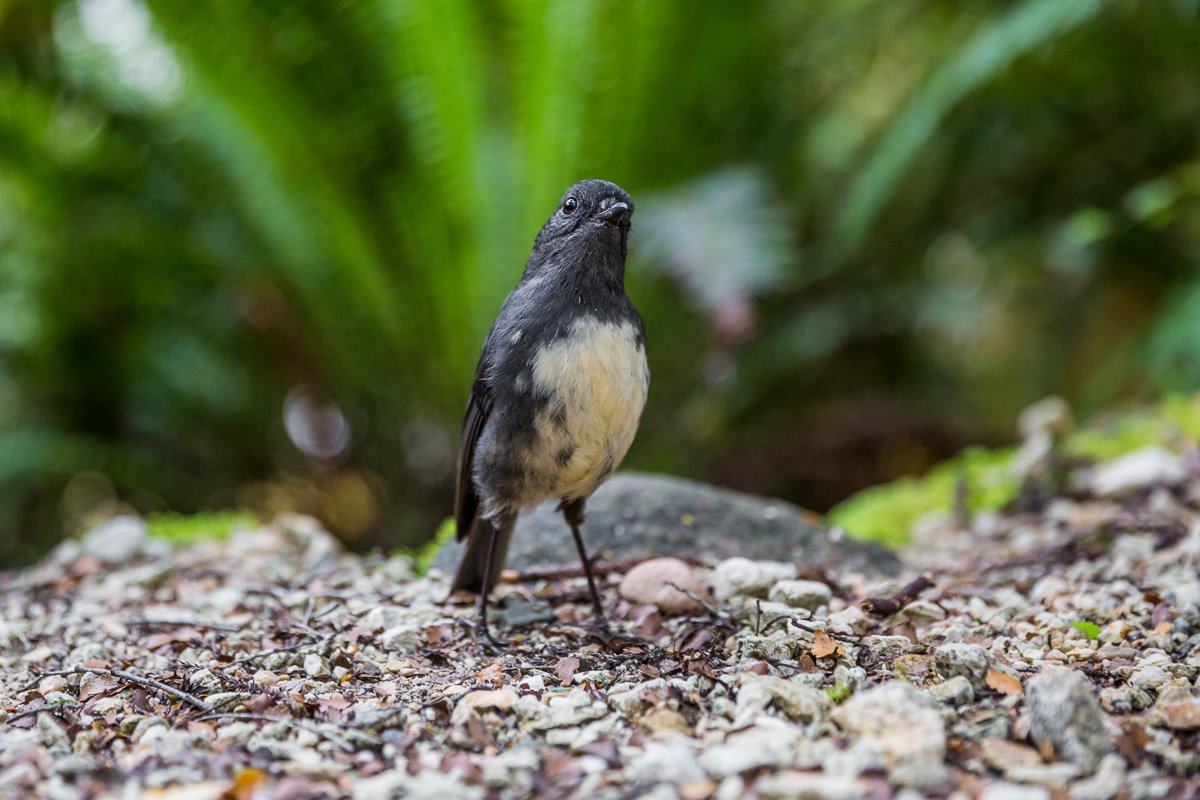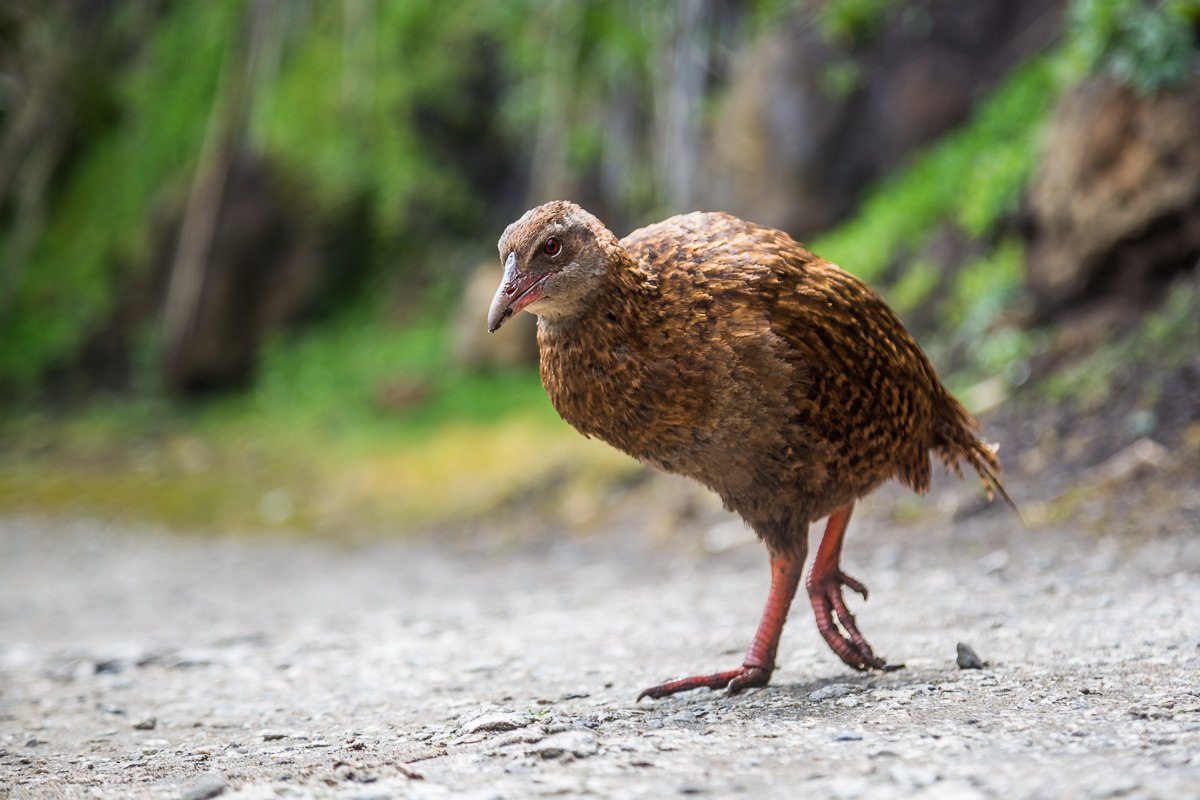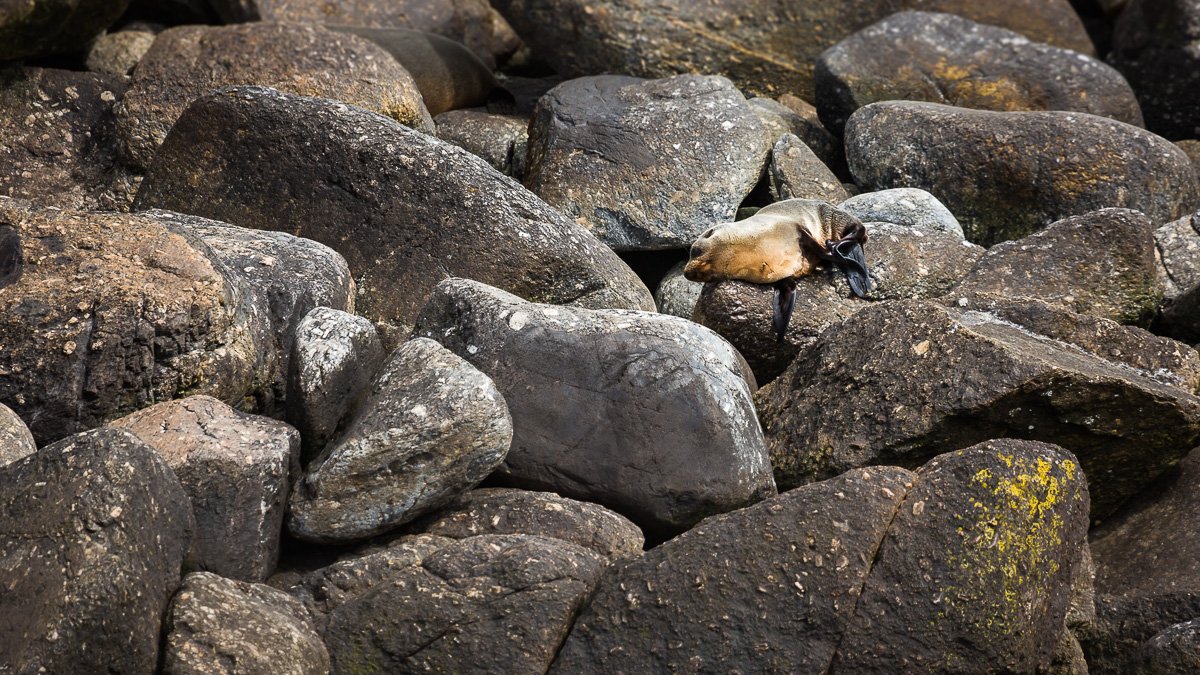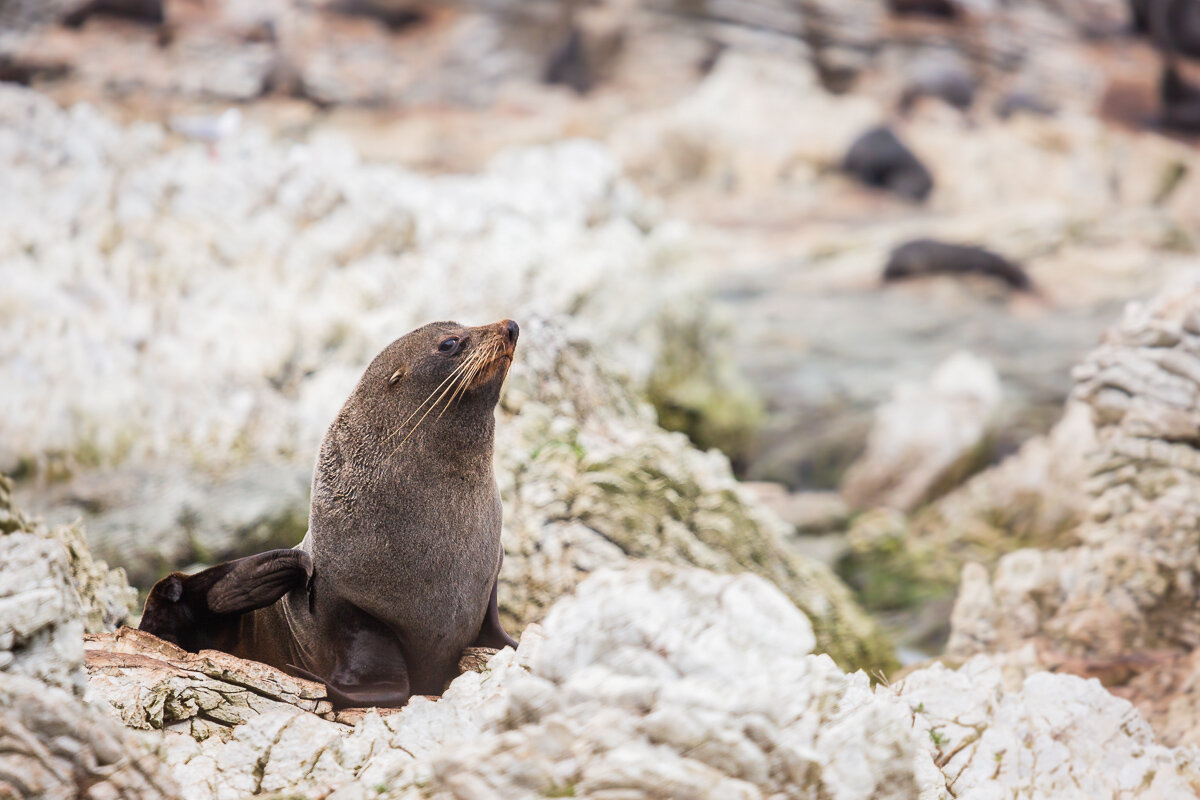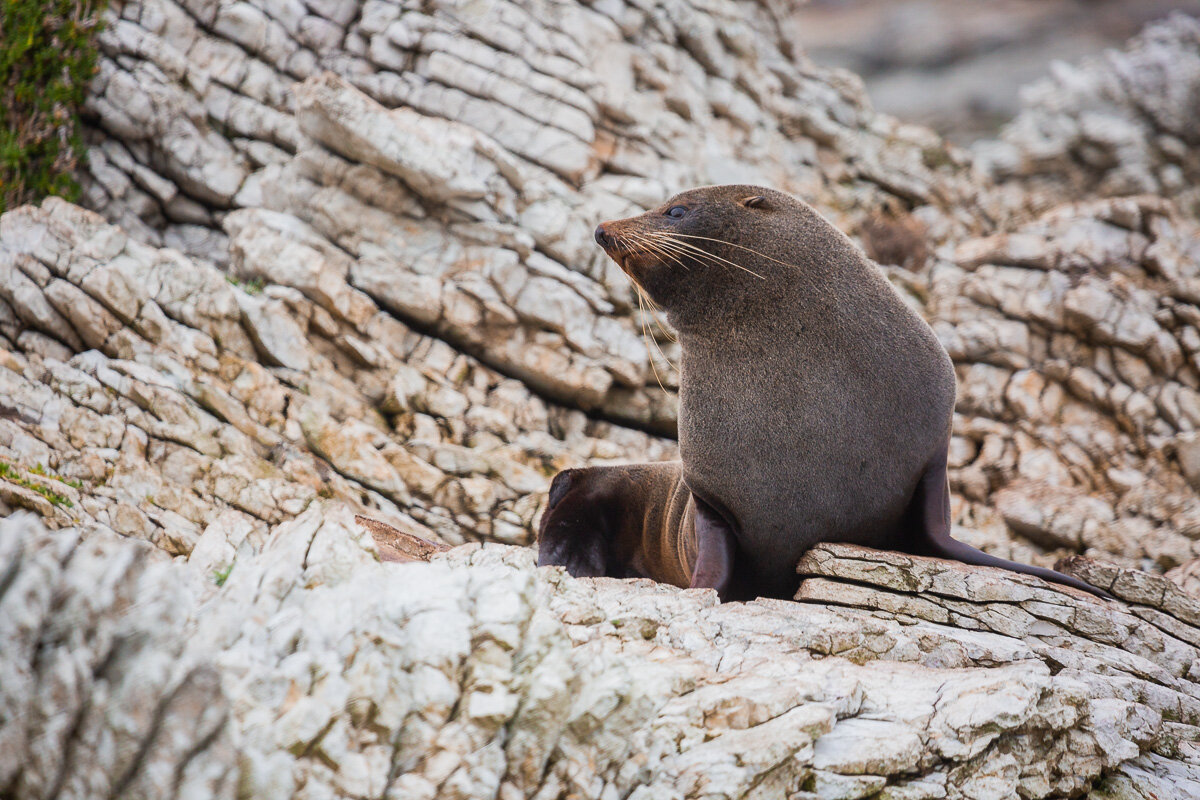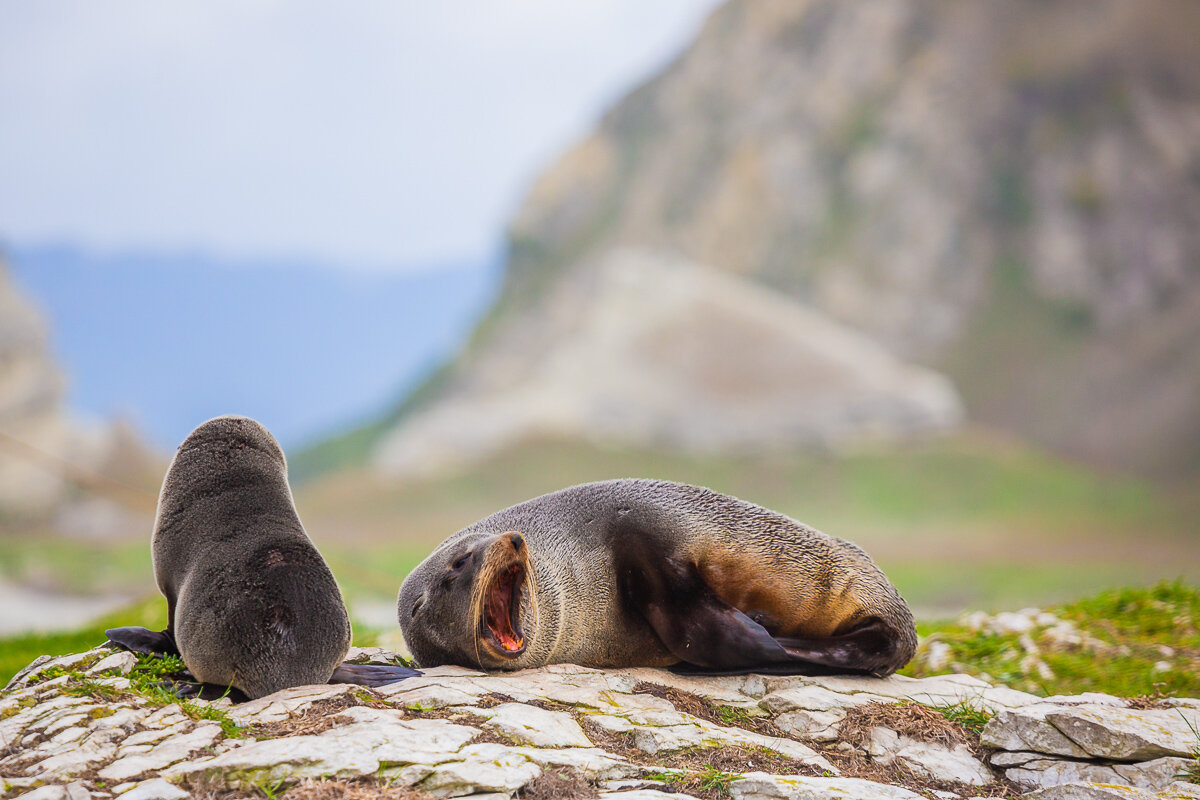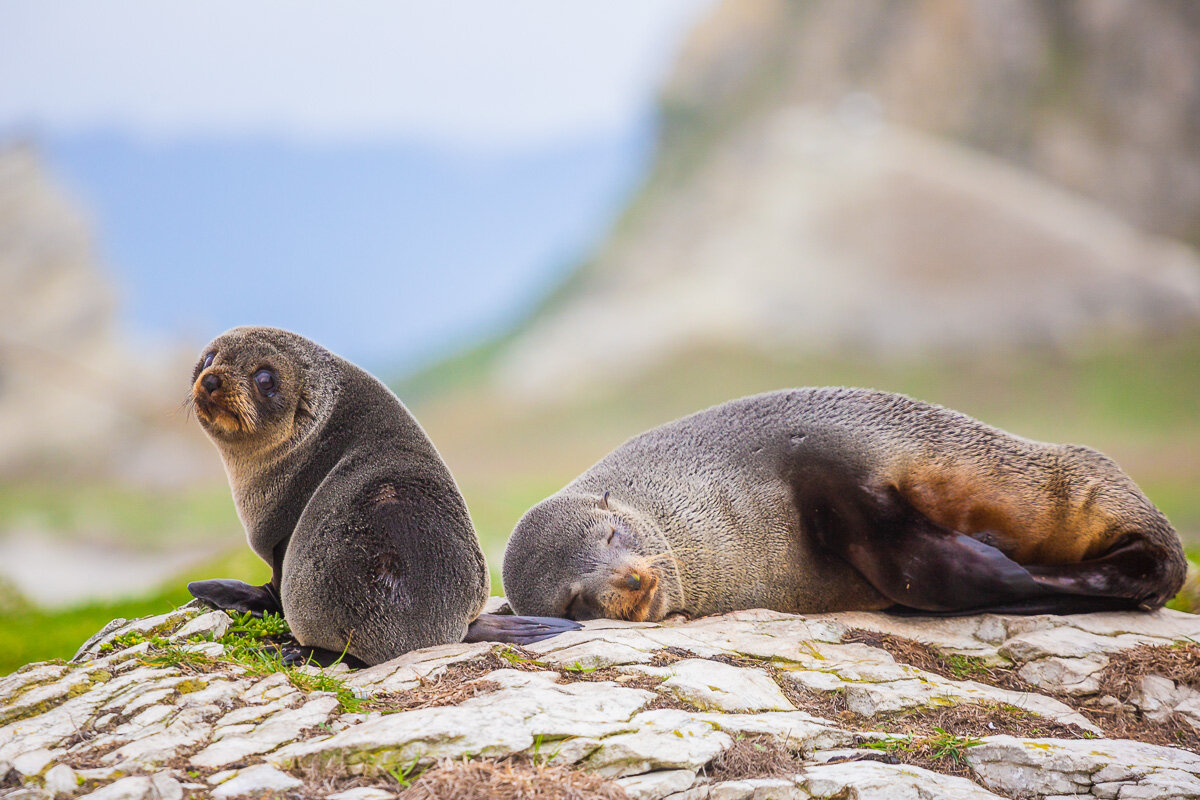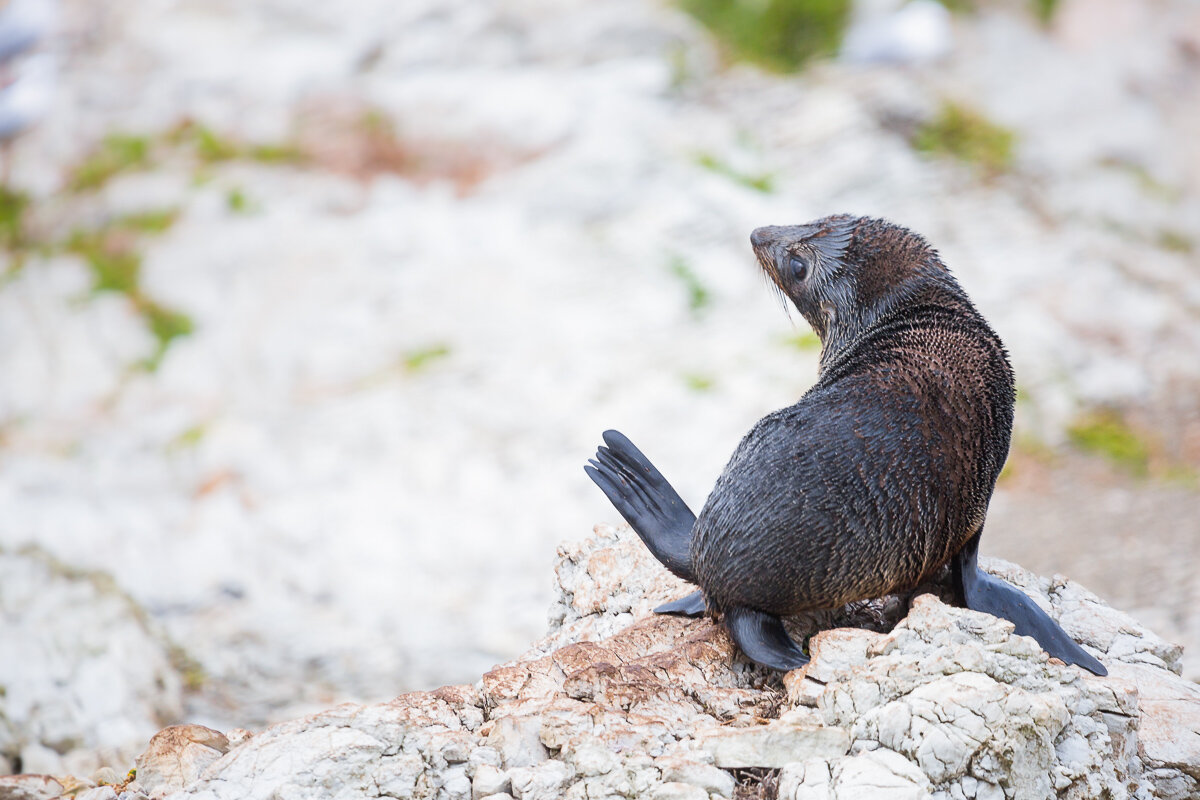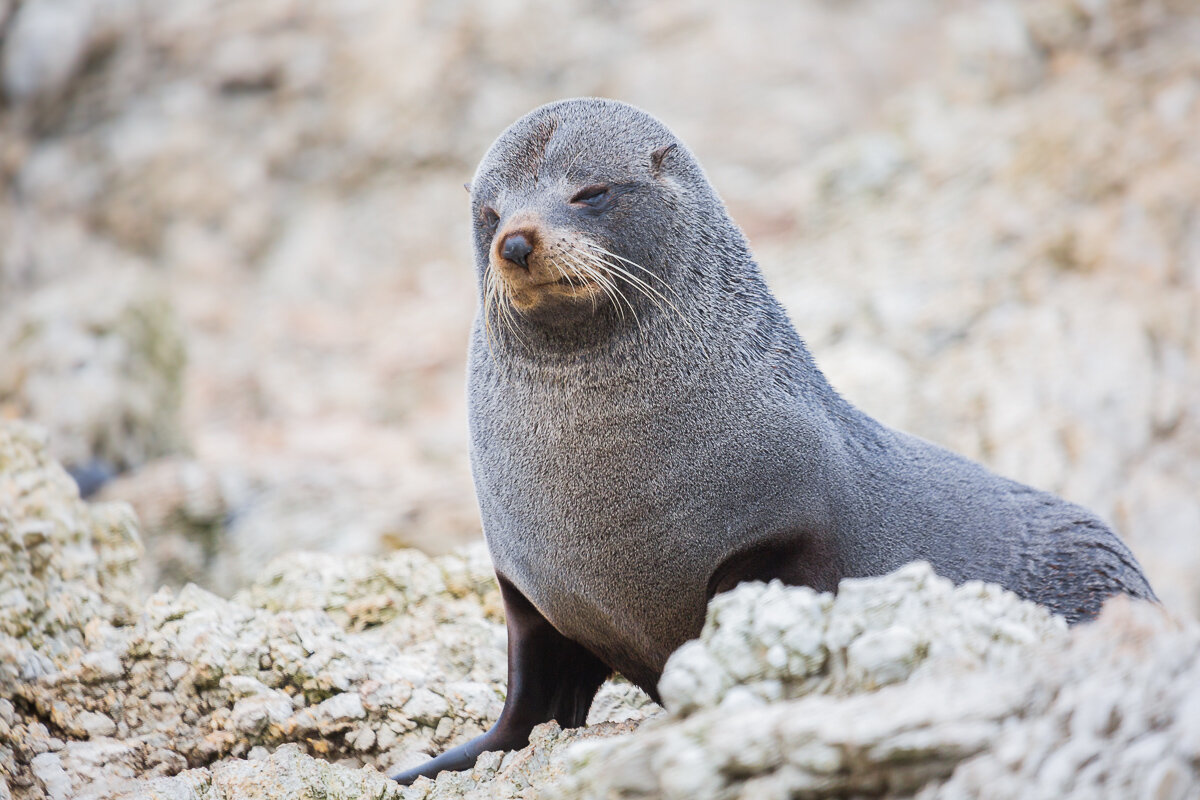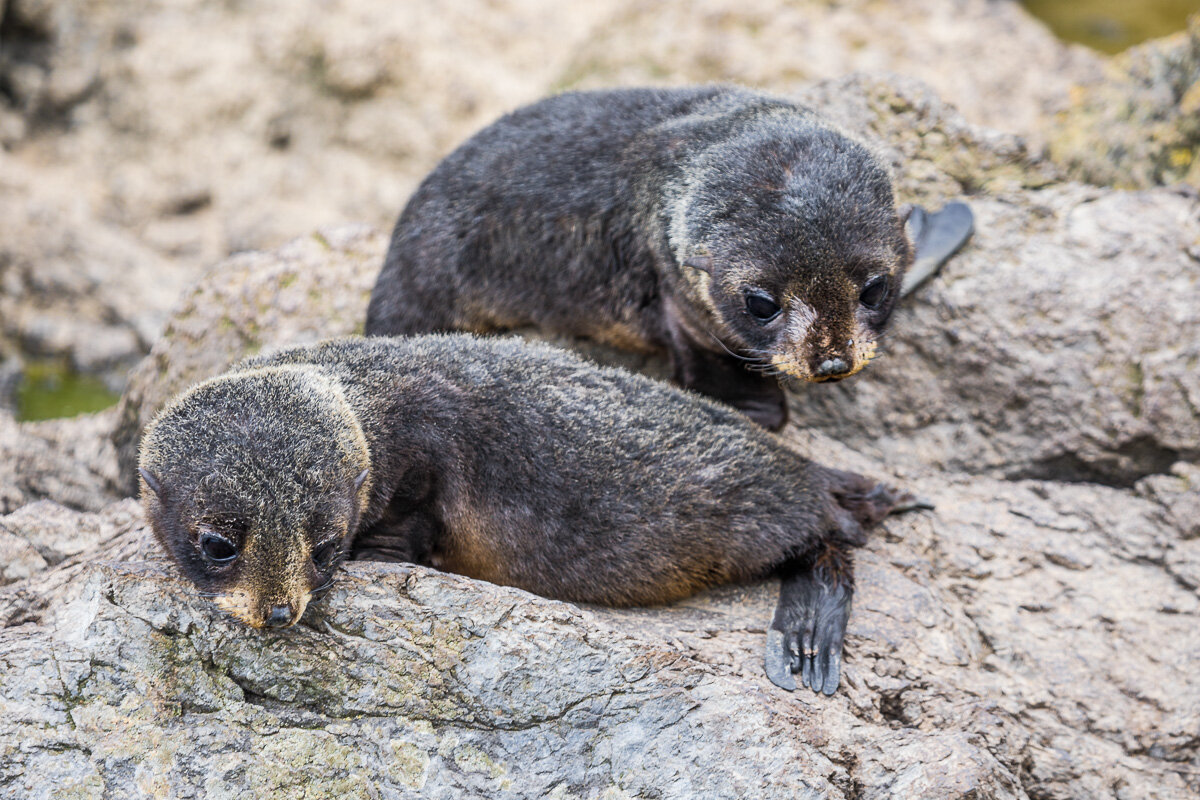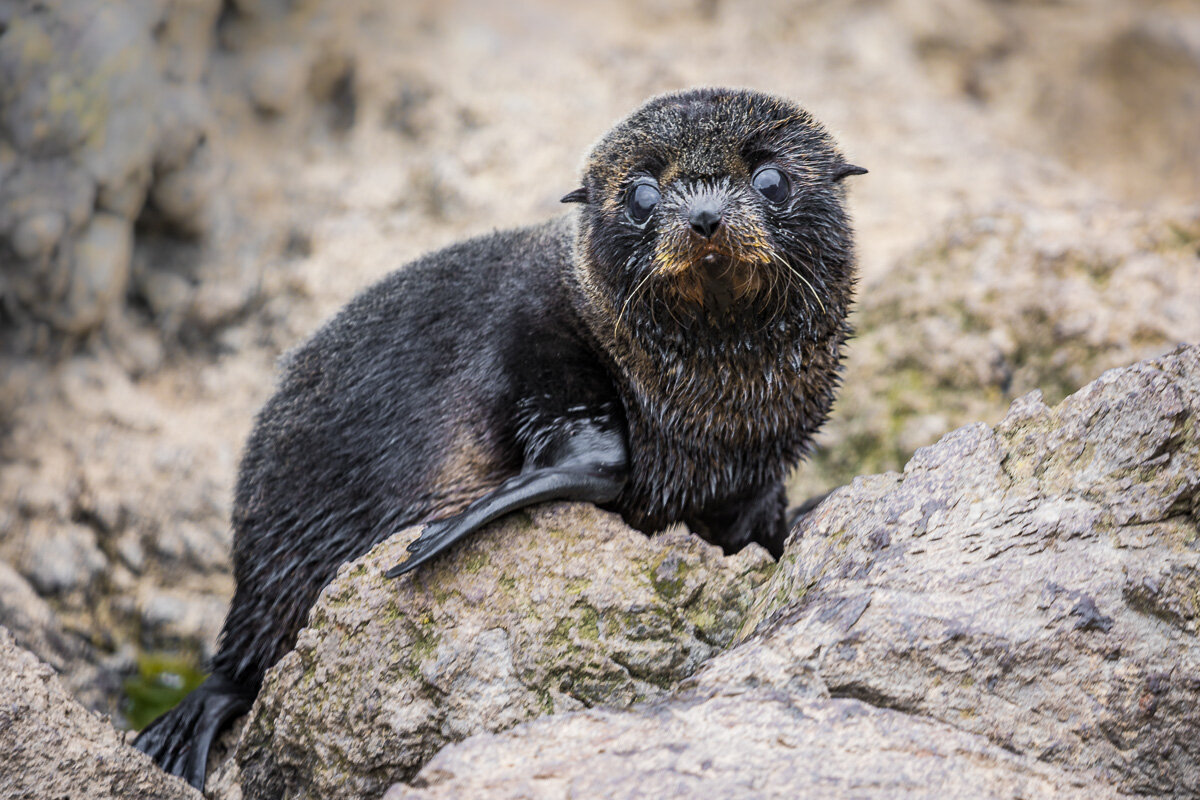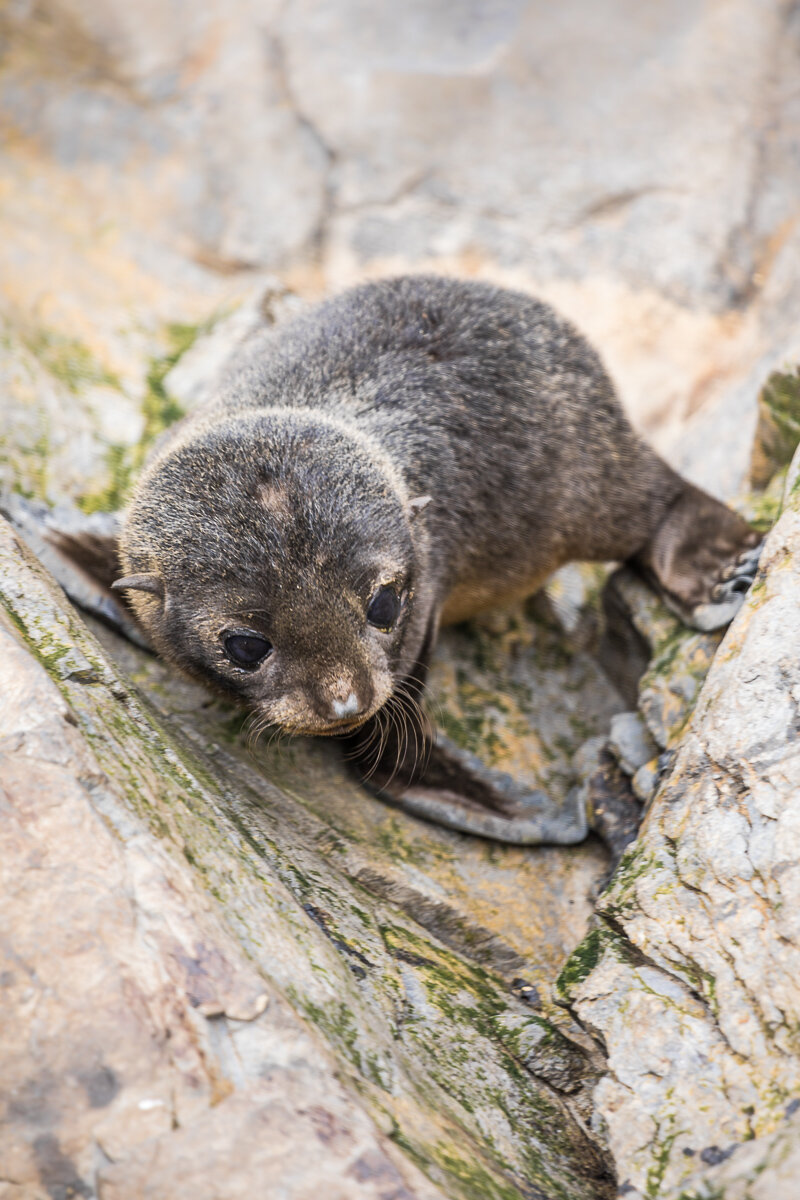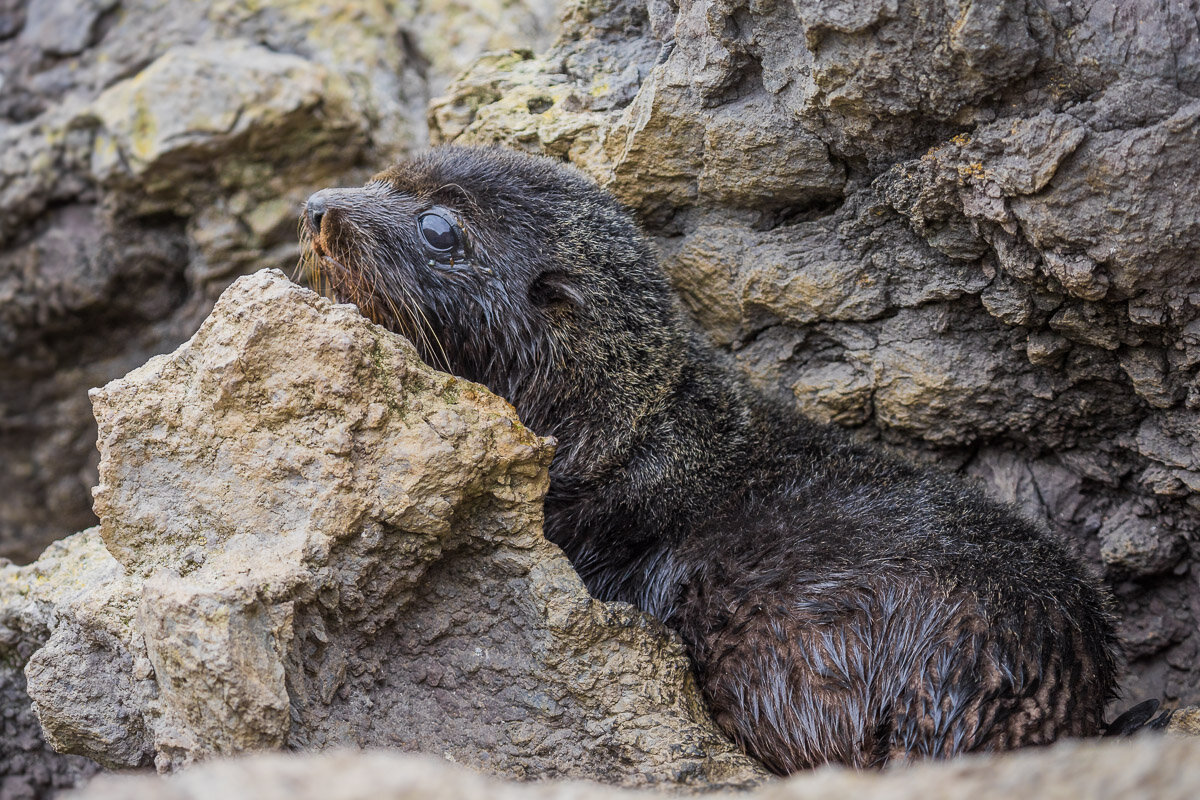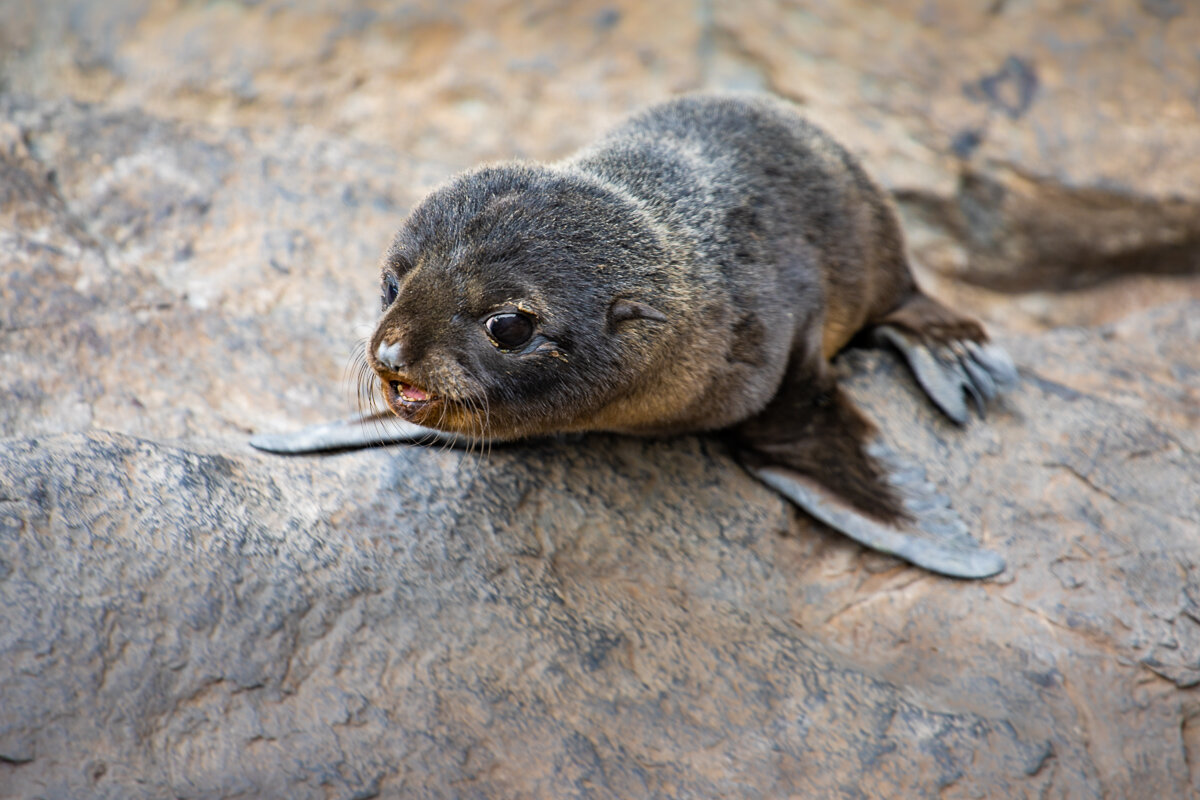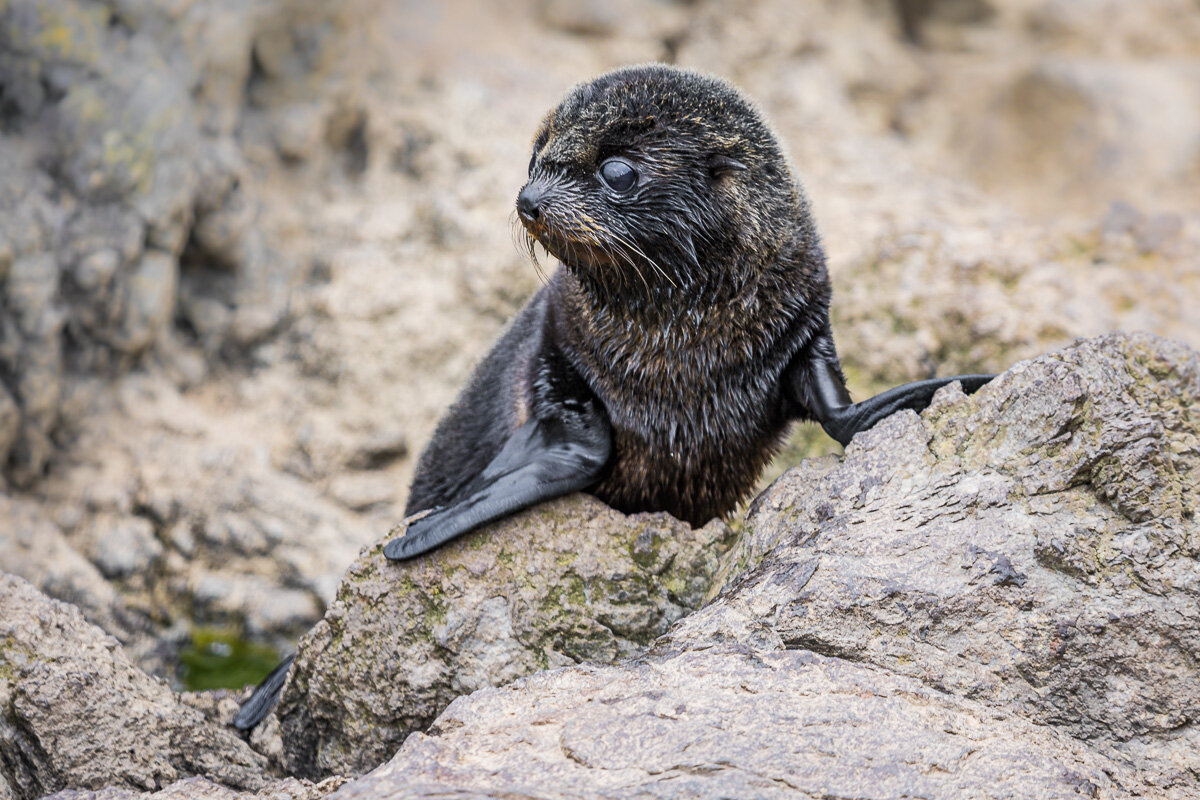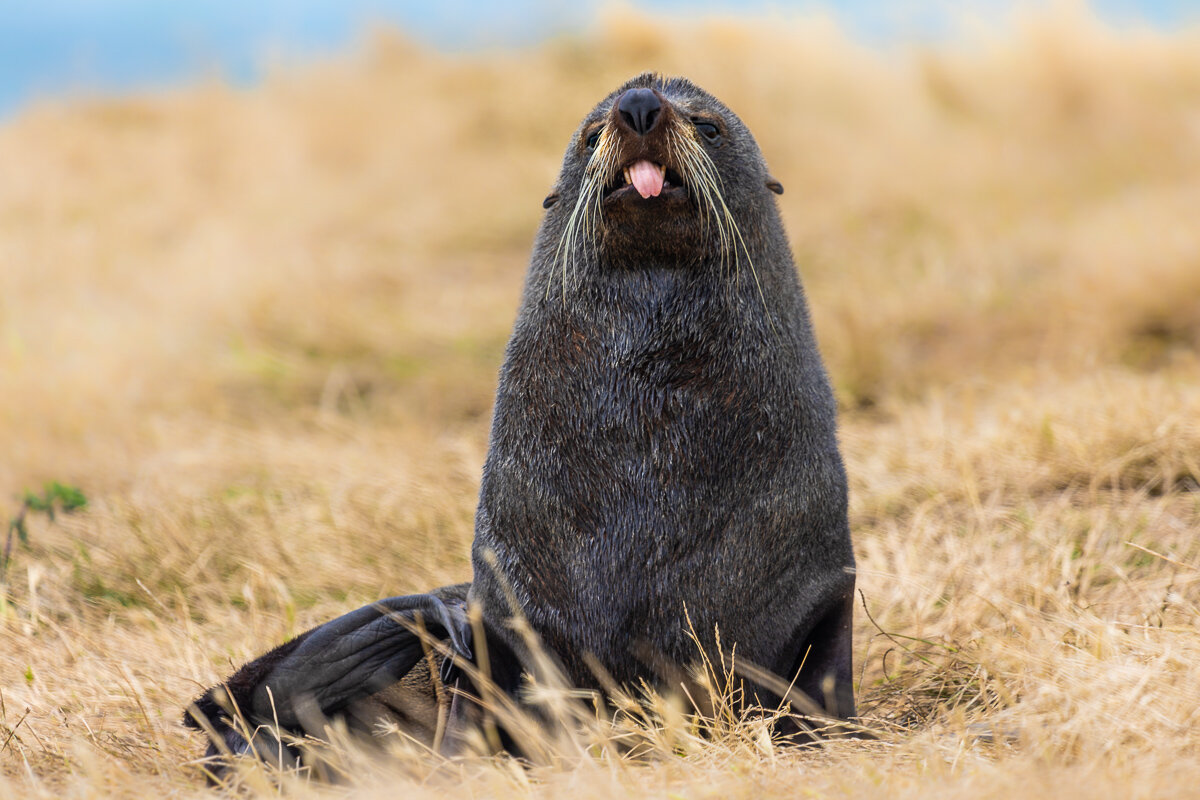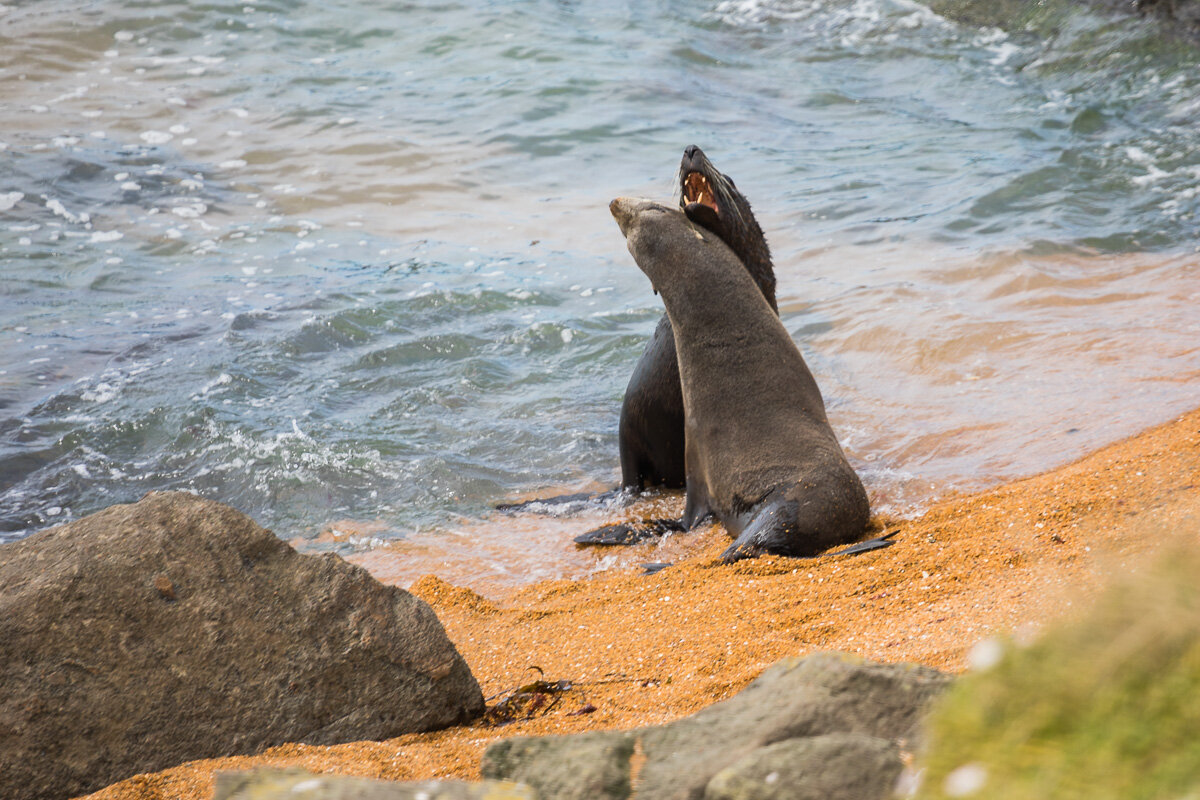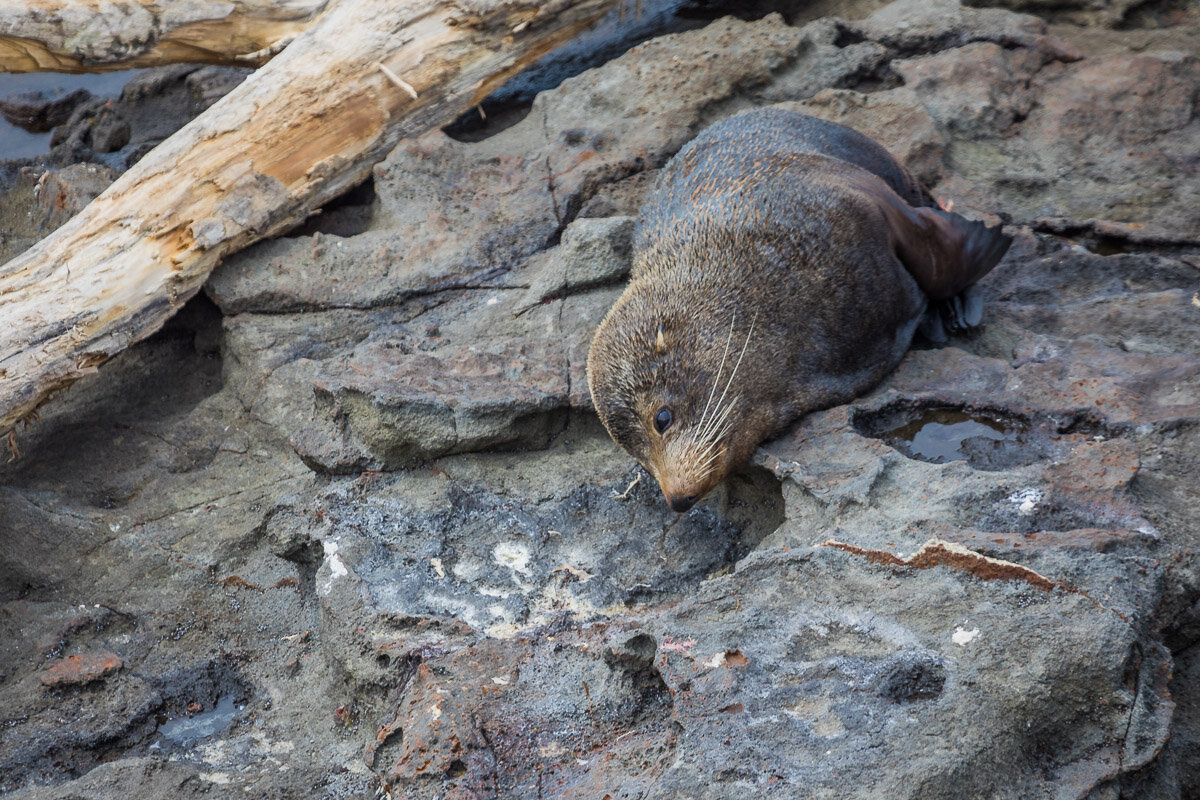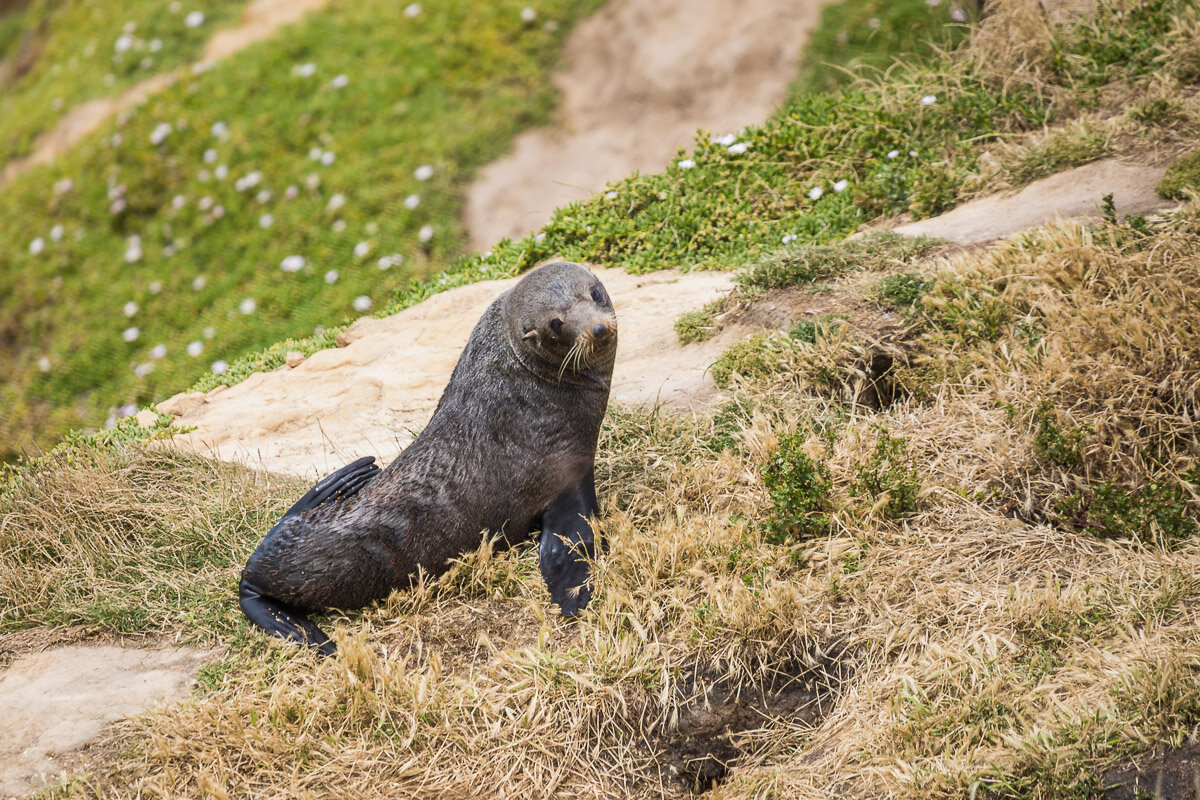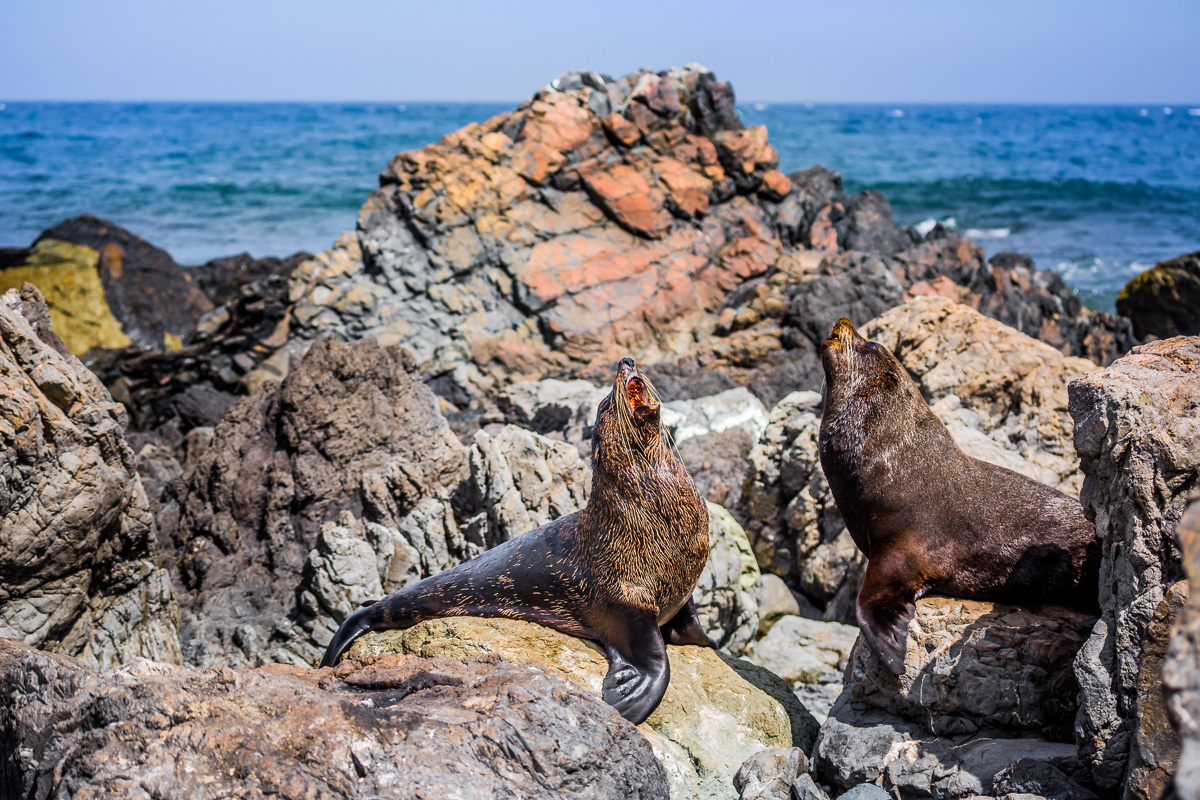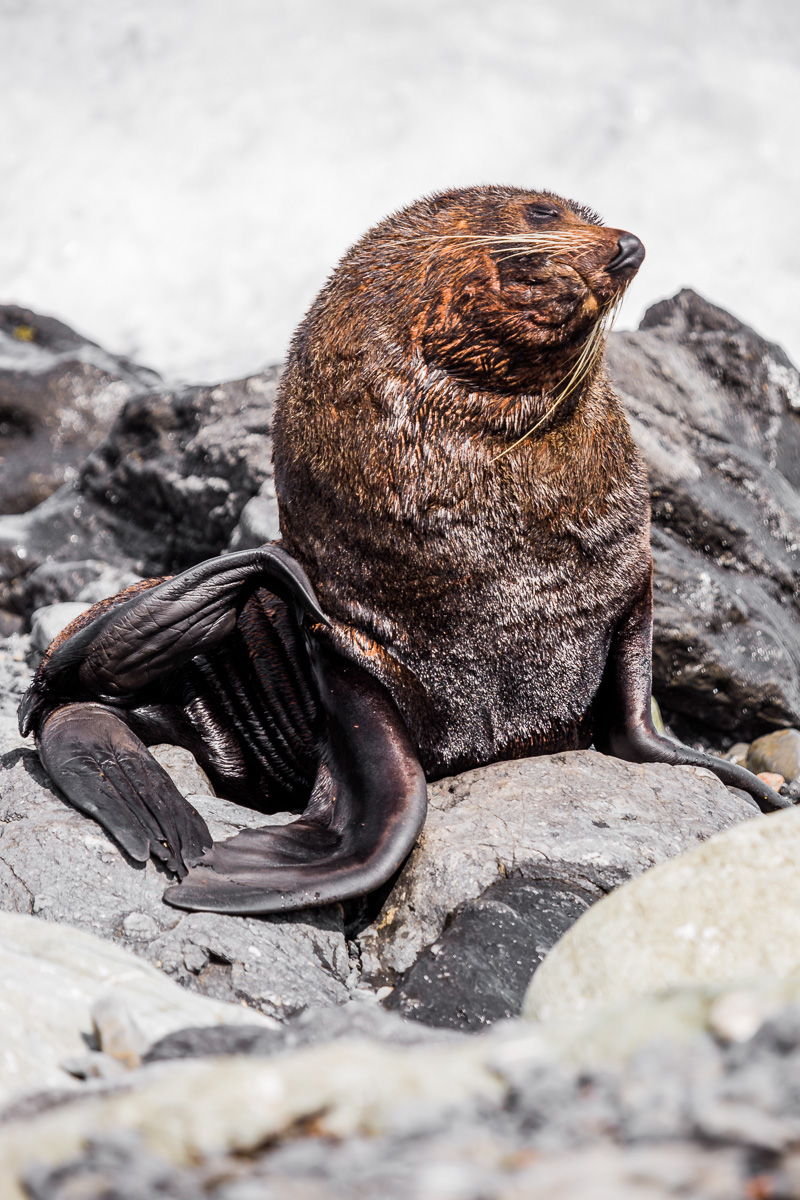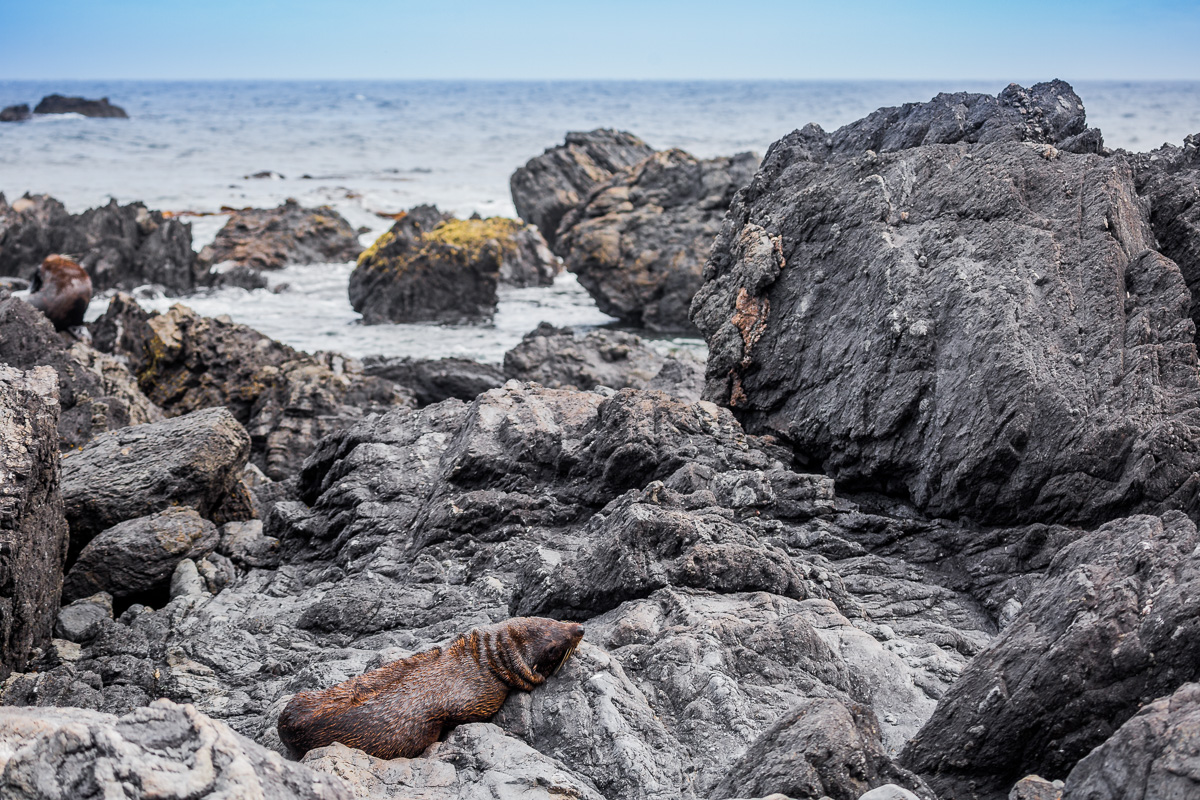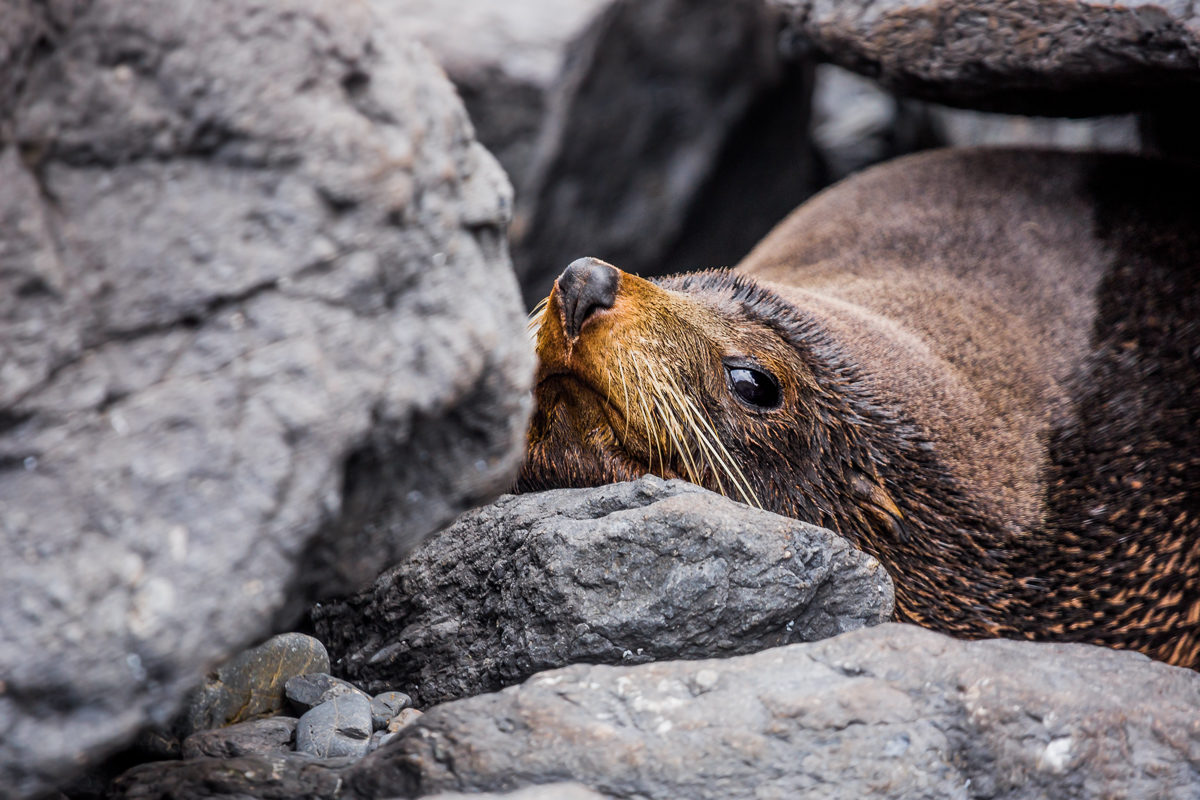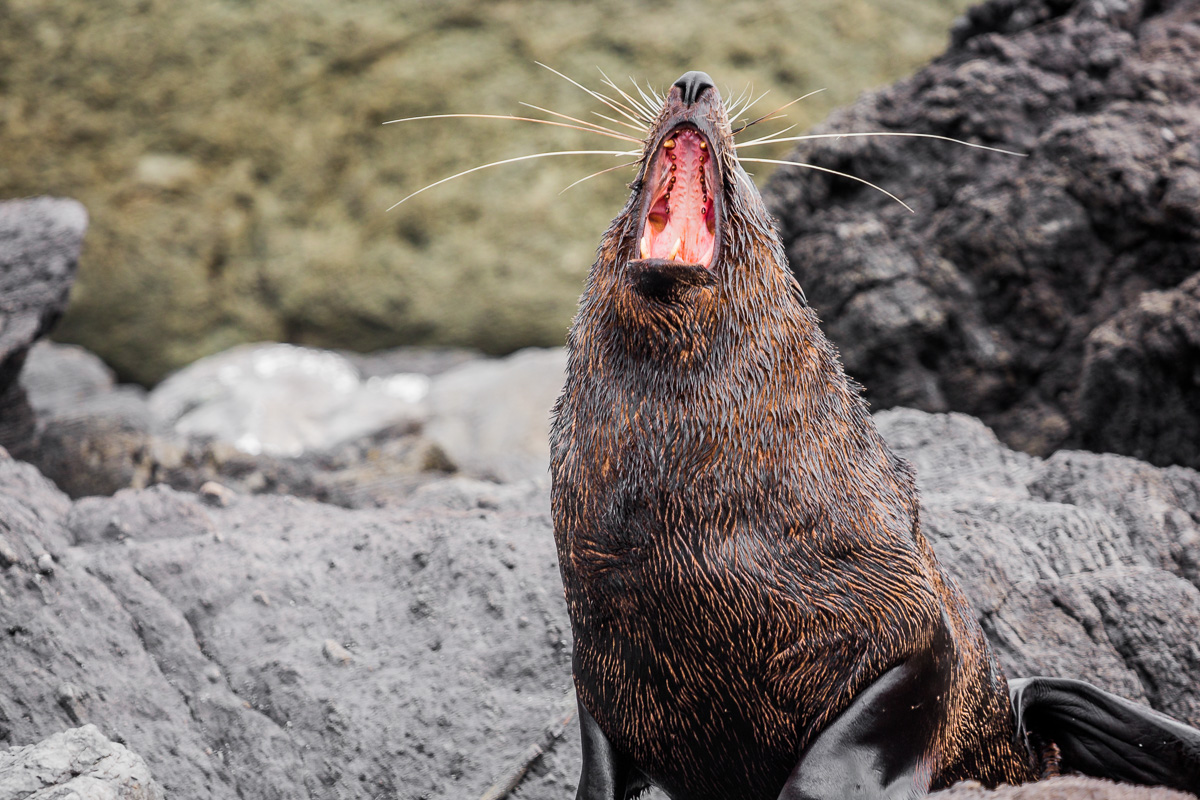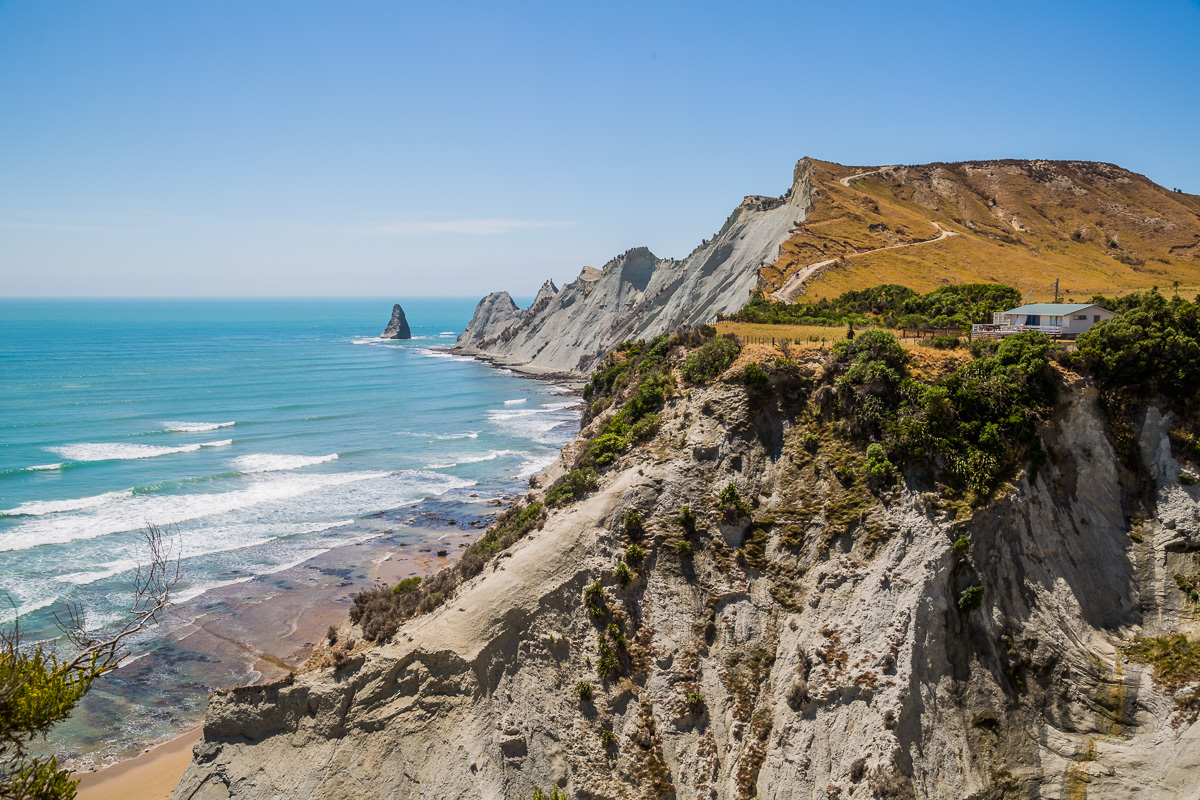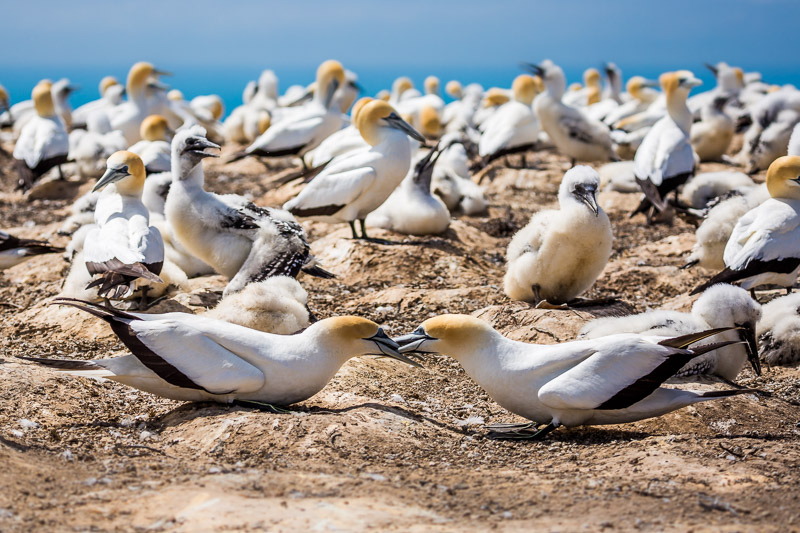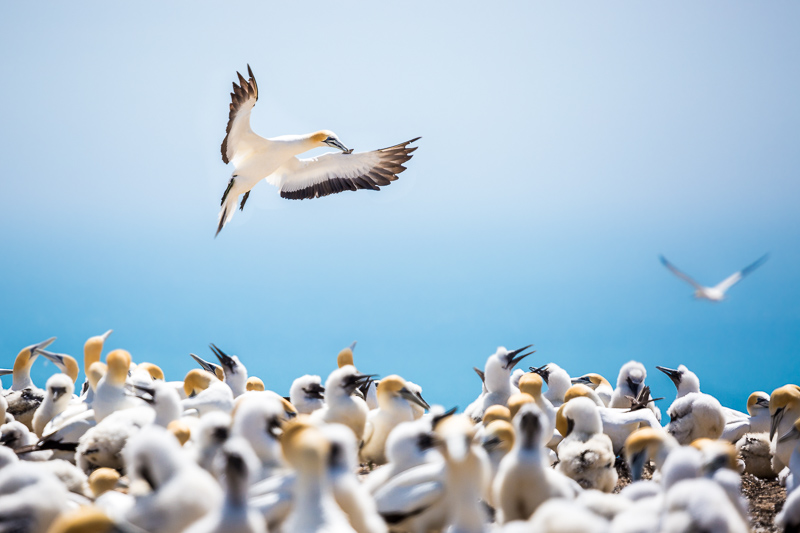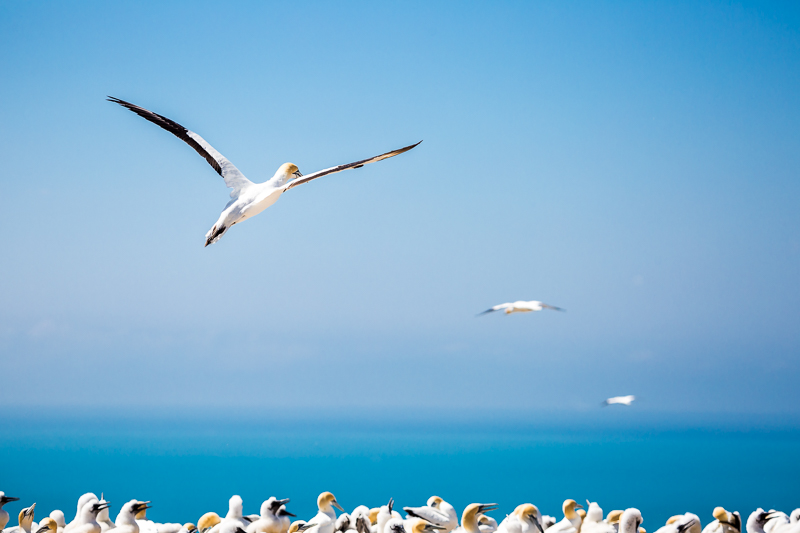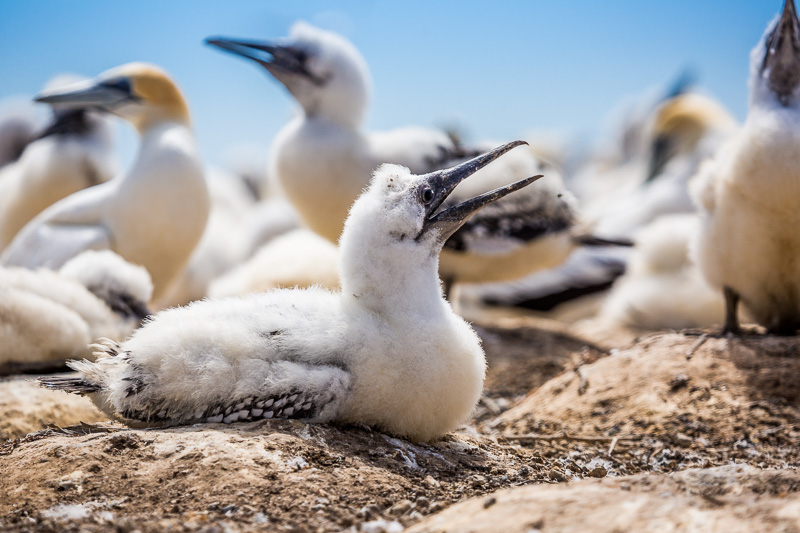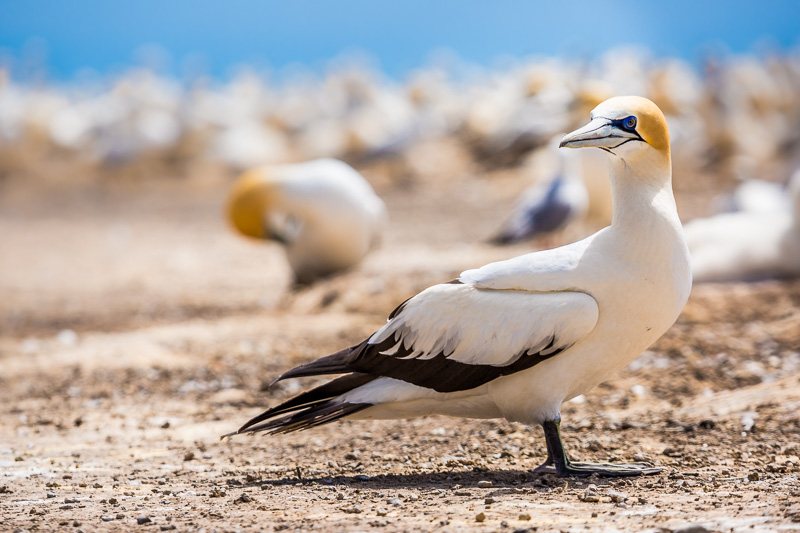New Zealand’s West Coast is full of opportunities to observe the local wildlife - from the friendly South Island robins and curious weka, to crowded colonies of New Zealand fur seals. In this blog post, I have gathered only a few of my images of the fauna that inhabit this special corner of Aotearoa.
colony
Fur Seal Colony Kaikoura
The Kaikoura Peninsula Walkway is a great place to spot kekeno, also known as New Zealand fur seals. These are easily some of my favourite (and in my opinion, most photogenic) marine mammals. I hope you enjoy this selection of fur seals basking on the white rocks of the Kaikoura coastline.
Akaroa's Fur Seals
Akaroa is peninsula on the Western coast of New Zealand’s South Island. It is just over an hours’ drive from the city of Christchurch, yet offers a completely different atmostphere. This is New Zealand’s only French settlement, and boasts abundant wildlife. I visited Akaroa for the first time late last year, and one of the highlights of my visit was a private tour to a fur seal colony. As it was Summer, the colony consisted mostly of very young - and very inquisitive - seal pups.
Fur Seals of Katiki Point
Although it is famous for its circular boulders (more on this next week!), Moeraki is also home to a large New Zealand fur seal colony. This is based at Katiki Point, a short walk from the lighthouse. This is an excellent place to get up close to the fur seals, as they climb up from the beach to the grass on either side of the marked path. In the summer, their coats stand in striking contrast to the dried yellow grass.
Wild Wairarapa
Cape Palliser is the home to a fantastic fur seal colony, besides its beautiful lighthouse. During our stay in Masterton, we spent an afternoon here with the seals. You can get really up close to them without stressing them, allowing for really great photo opportunities.
Here are some of my favourite images of these beautiful animals.
Gannets at Hawke's Bay
Cape Kidnappers is the largest terrestrial colony of Australasian gannets. Every winter, adult gannets flock here to mate. They raise a single chick every year, which fledges by the end of April. Surviving chicks embark on a long trip to Australia’s southern coasts, where they will mature into adults, before they return to their colony of origin. Only thirty percent of all chicks return each year.
We spent our first morning of 2018 here whilst staying in Napier. It was a fantastic way to see in a new year, right up close to these giants with 2 metre wingspans.

